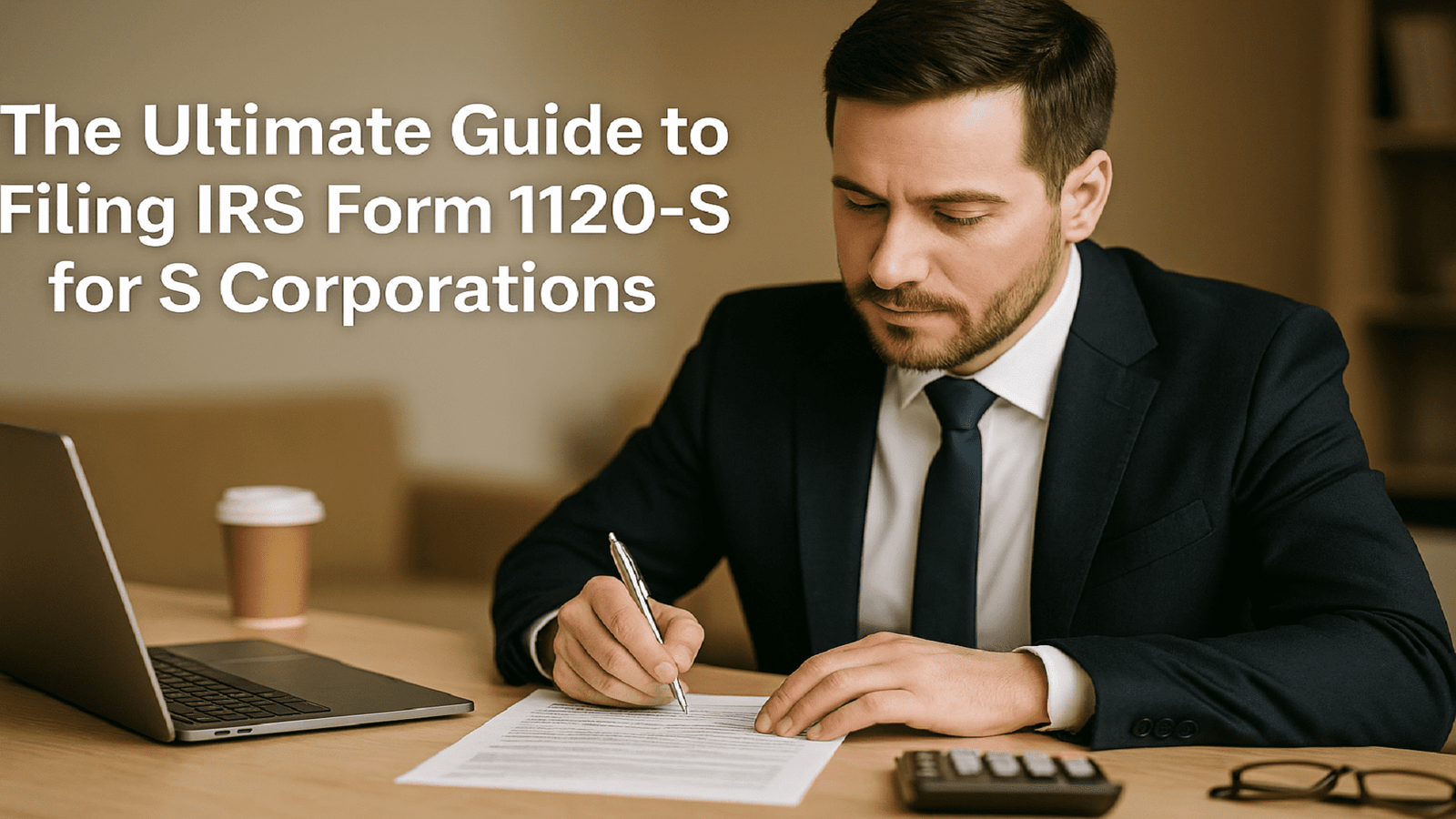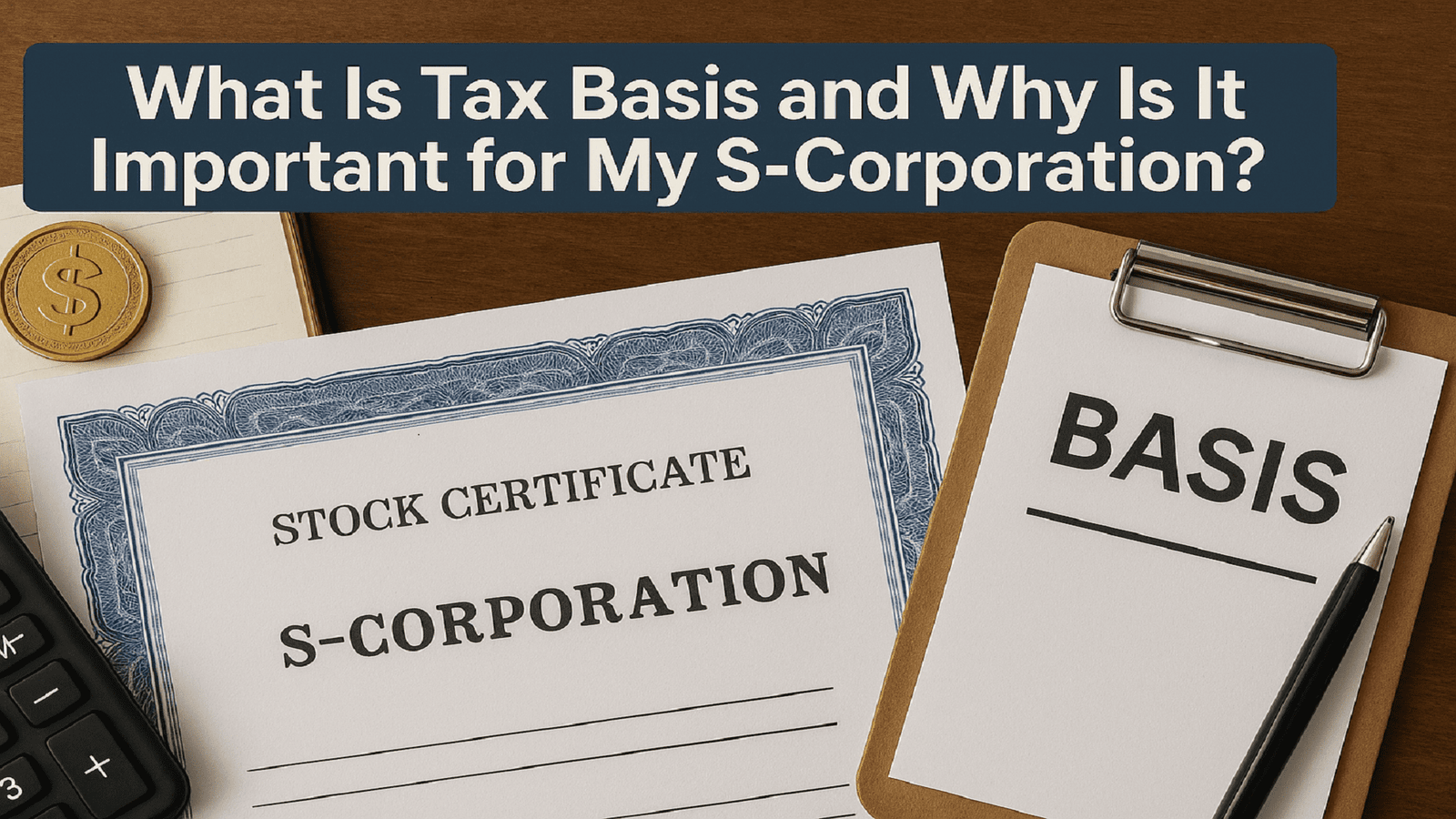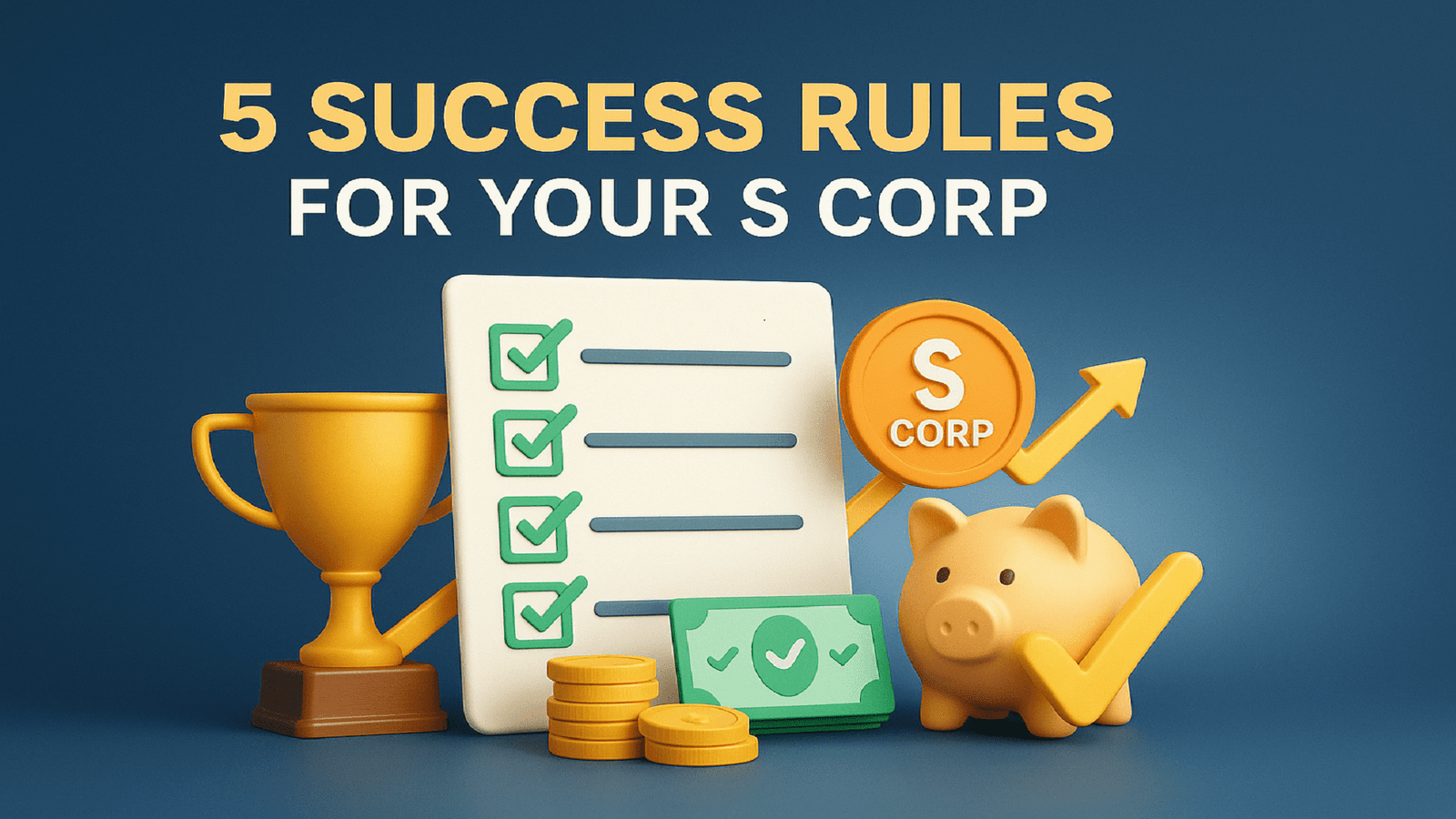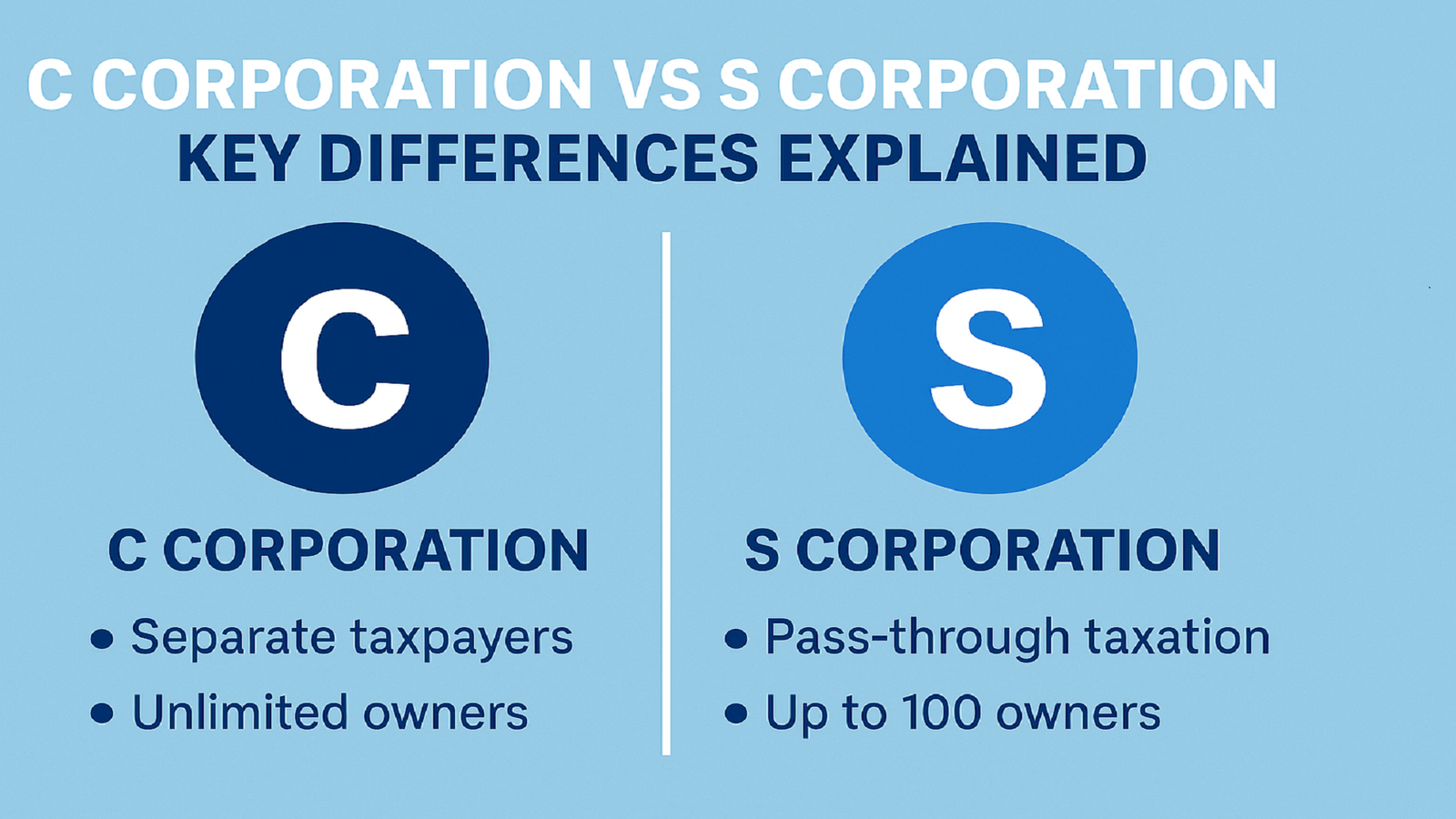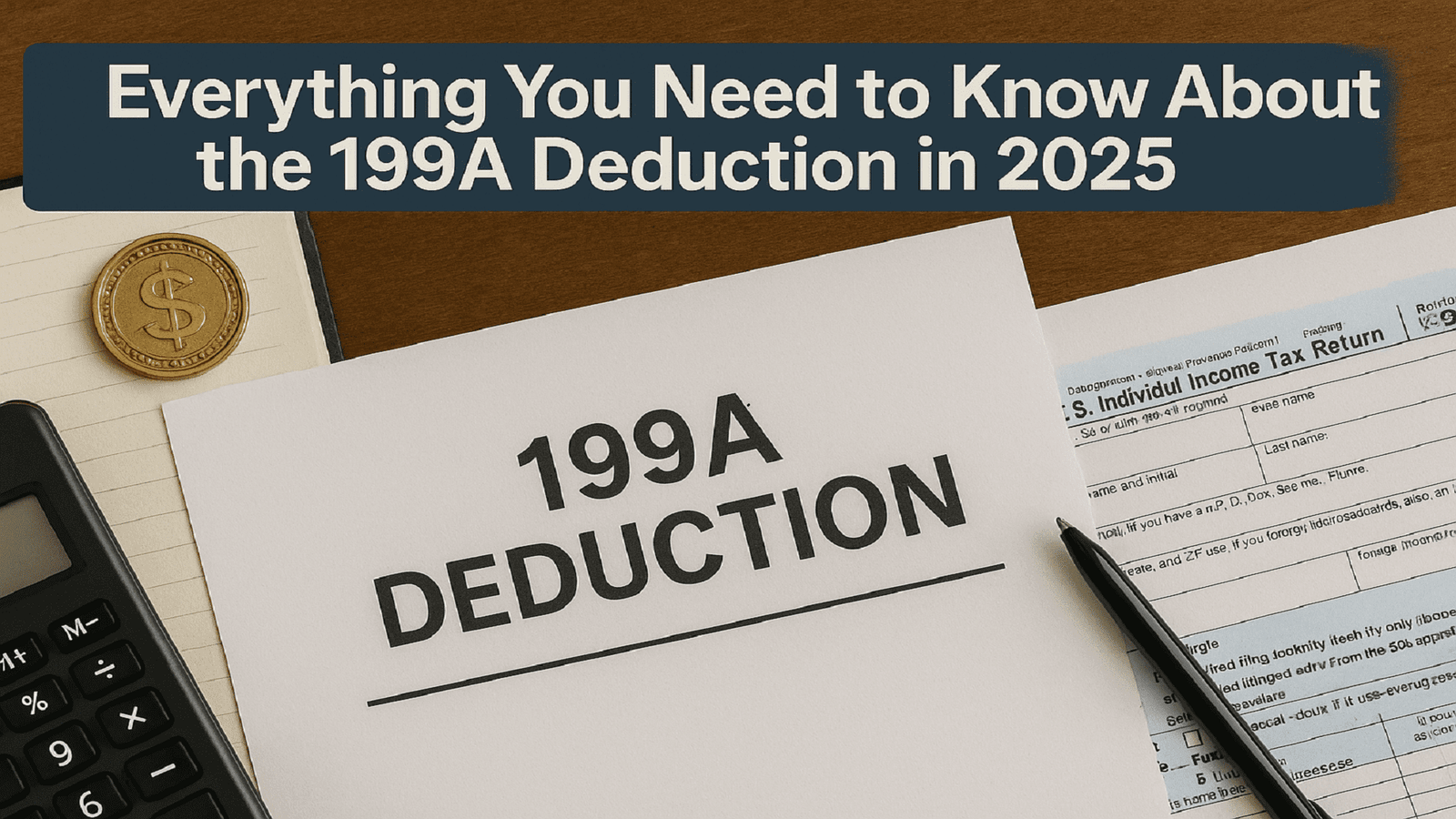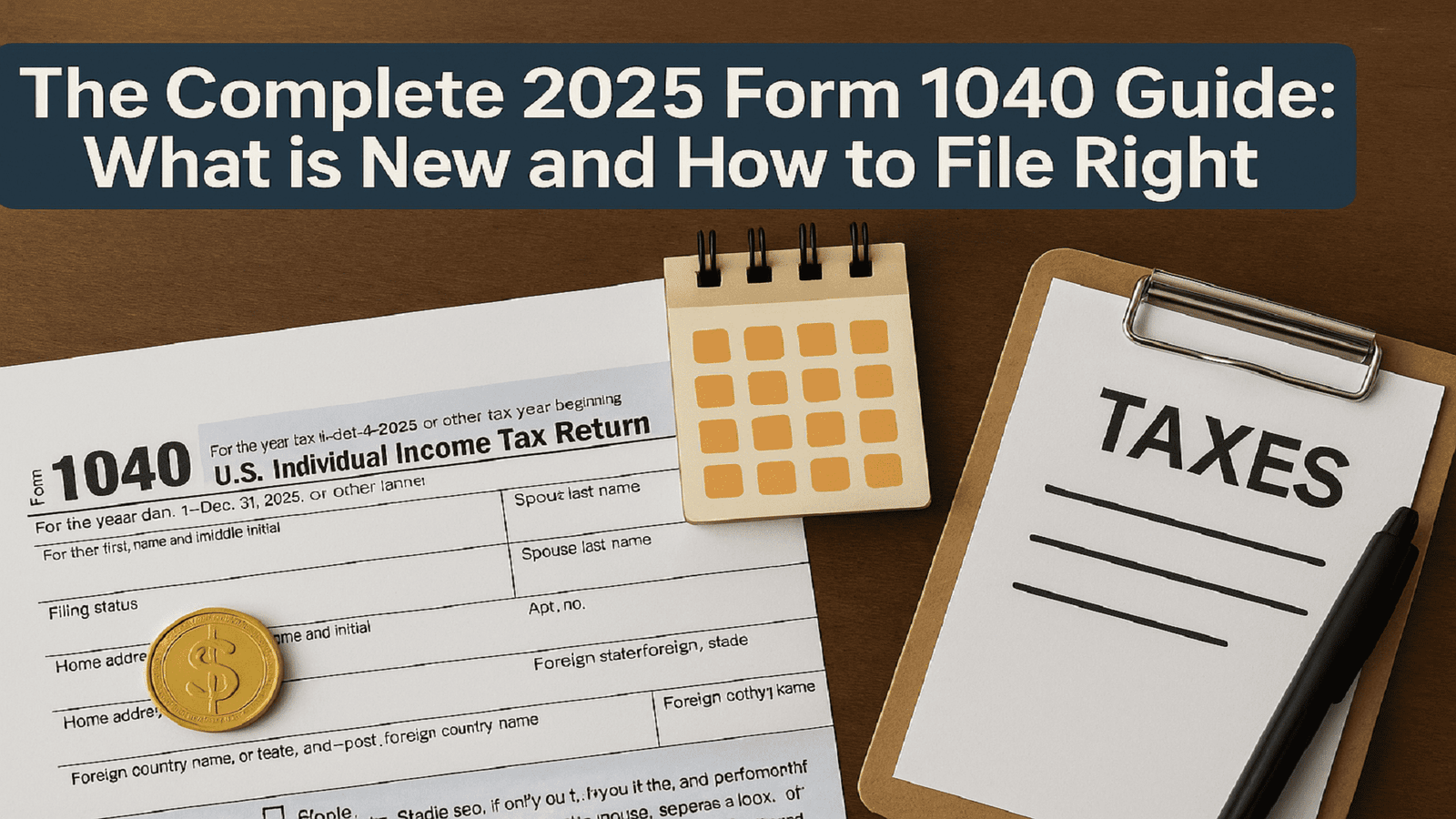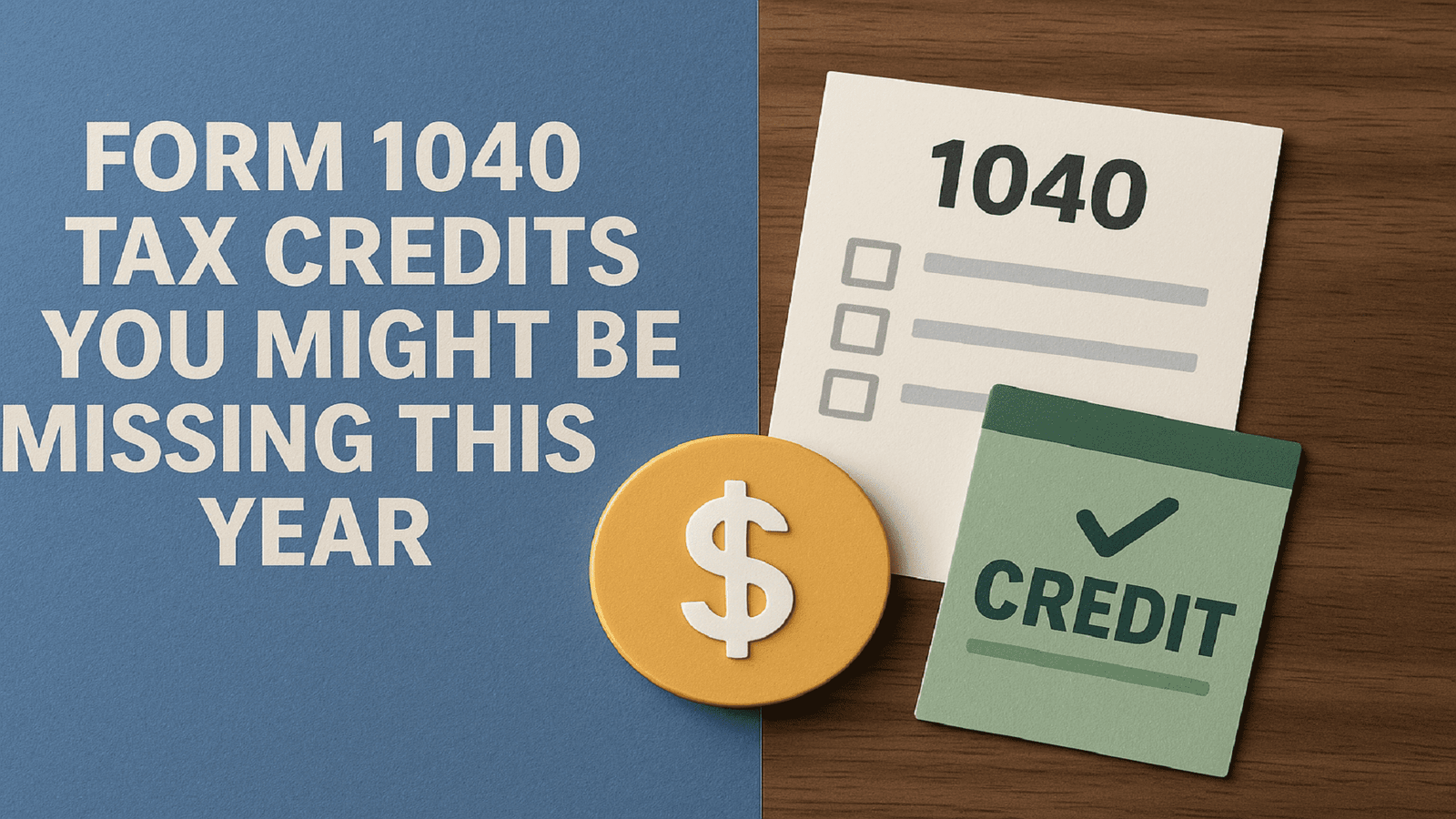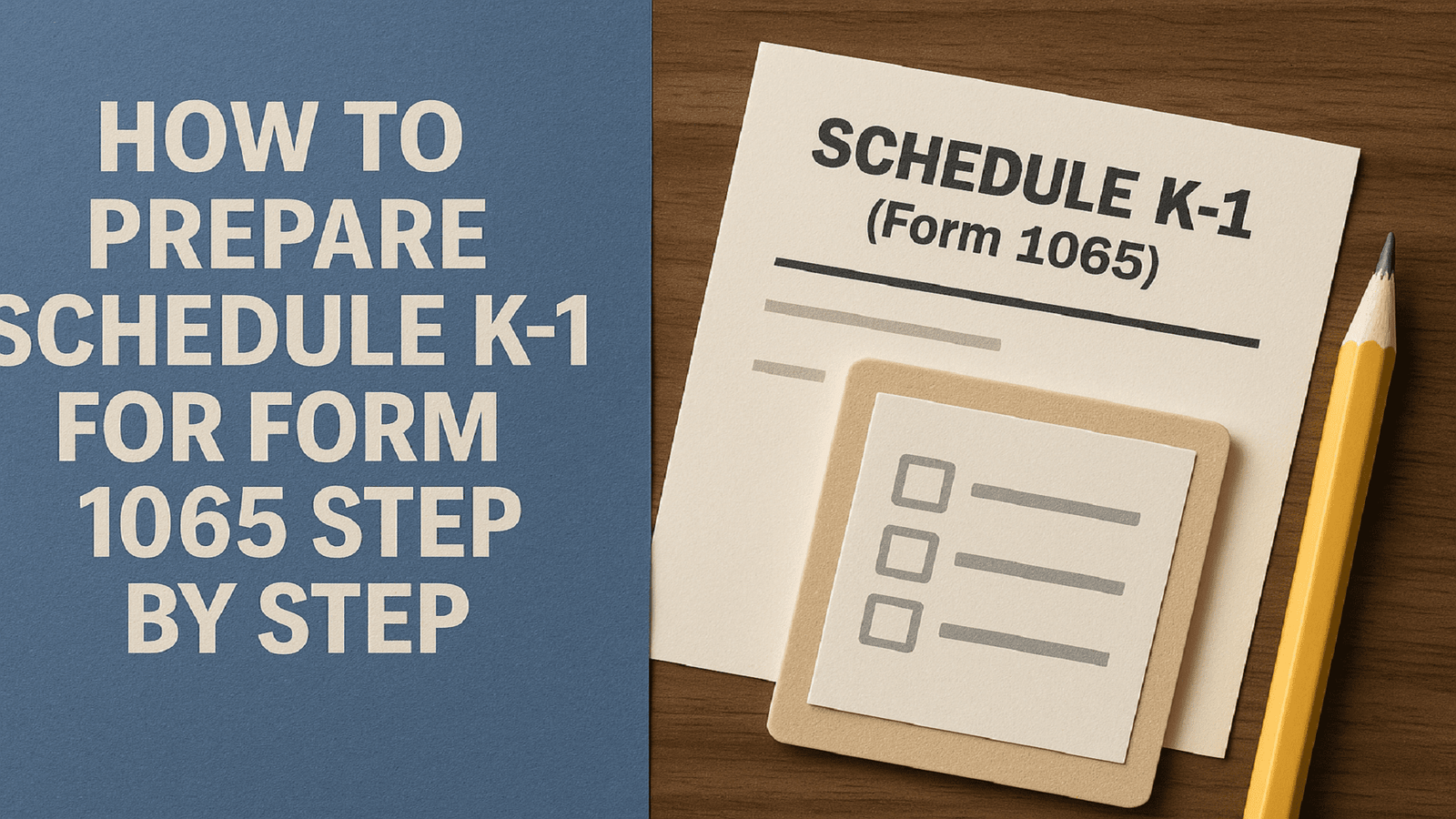“Welcome to The Ultimate Guide to Filing IRS Form 1120-S for S Corporations—your go-to resource for understanding, preparing, and filing this essential tax form with confidence.”
Introduction for The Ultimate Guide to Filing IRS Form 1120-S for S Corporations
Form 1120-S is the official tax document used by S corporations to report income, deductions, credits, and other financial details to the IRS. Unlike C corporations, S corps are pass-through entities, meaning profits and losses flow directly to shareholders, who report them on their personal tax returns. This structure helps avoid double taxation while maintaining corporate liability protections.
Filing Form 1120-S is mandatory for all S corporations, and it must be submitted alongside Schedule K-1, which breaks down each shareholder’s share of income, losses, and deductions. Missing deadlines or errors can lead to penalties of up to $450 per shareholder per month, making compliance crucial.
1. What is Form 1120-S?
IRS Form 1120-S is the official U.S. federal income tax return used by S corporations to report their financial activity to the Internal Revenue Service (IRS). An S corporation is a special type of corporation that passes its income, losses, deductions, and credits through to its shareholders for federal tax purposes, avoiding double taxation that occurs in regular (C) corporations. For the tax year 2025, Form 1120-S remains a critical filing for any business that has elected S corporation status using IRS Form 2553 and has had that election approved.
The form includes several parts, such as the income and deductions section, balance sheet, reconciliation of income, and key schedules like Schedule K and Schedule K-1. Each shareholder receives a Schedule K-1, which details their share of the corporation’s profits or losses to report on their personal tax returns. In 2025, there are some important updates to keep in mind: businesses filing 10 or more tax forms (like W-2s or 1099s) must e-file Form 1120-S, and penalties for late filing have increased—with a minimum penalty of $510 if the return is more than 60 days late. Also, S corporations with international transactions must now include Schedules K-2 and K-3 unless they qualify for an exemption.
The standard filing deadline for calendar-year S corporations in 2025 is March 17 (since March 15 falls on a weekend), but extensions can be requested using Form 7004. Accurate filing of Form 1120-S is essential not only for compliance but also for ensuring that shareholders receive the correct tax information. Failure to file on time can result in significant penalties, including a charge of $210 per shareholder per month for up to 12 months. With its complex structure and detailed reporting requirements, many businesses choose to work with tax professionals to ensure that Form 1120-S is completed accurately and submitted on time.
Key Features of Form 1120-S
Pass-Through Taxation Structure
Form 1120-S supports the unique tax treatment of S corporations, where the business itself doesn’t pay federal income tax. Instead, income, deductions, and tax credits “pass through” to shareholders, who report their share on their personal tax returns using Schedule K-1. This avoids double taxation and often leads to a more favorable tax outcome for owners.
✅ Required for All S Corporations
Every business that has elected S corporation status by filing Form 2553 must file Form 1120-S annually—even if the company made no income or operated at a loss. Skipping this filing can lead to significant IRS penalties and a loss of S corp status.
✅ Includes Schedule K and Schedule K-1
Form 1120-S requires two key attachments:
- Schedule K, which summarizes the corporation’s total income, deductions, and credits.
- Schedule K-1, which breaks down those amounts for each shareholder based on ownership percentage, and is essential for each shareholder’s personal return.
✅ Captures Both Income and Deductions
The form requires a full breakdown of financial activity, including gross receipts, COGS, and a wide range of deductions such as salaries, rent, depreciation, advertising, and interest expenses. This section paints a detailed financial picture of the business for tax purposes.
✅ Tracks Shareholder Ownership and Basis
Form 1120-S helps track each shareholder’s ownership percentage and financial contributions. In 2025, shareholders must also file Form 7203 to report their stock and debt basis, which determines how much loss they can claim and whether distributions are taxable.
✅ E-Filing Requirement (New for 2025)
Under new IRS rules, corporations filing 10 or more returns (e.g., W-2s, 1099s) must e-file Form 1120-S unless granted an exception. E-filing is now the default method—it’s faster, safer, and confirms receipt instantly.
✅ Late Filing Penalties Increased
As of 2025, late filing penalties have increased. If Form 1120-S is more than 60 days late, the minimum penalty is $510 or $210 per shareholder per month (whichever is greater), up to a full year. Timely filing is essential to avoid heavy fines.
✅ International Reporting with Schedules K-2 and K-3
S corporations with foreign shareholders, transactions, or investments must file Schedules K-2 and K-3, which provide expanded international tax transparency. These schedules help ensure compliance with global reporting standards, unless an exemption applies.
✅ Includes Financial Statement Reconciliation
Form 1120-S includes Schedule L, which details the corporation’s balance sheet at the start and end of the tax year. Schedule M-1 (or M-3 for larger corporations with $10 million+ in assets) is required to reconcile book income with taxable income, showing any differences between accounting and tax treatment.
✅ Allows for Filing Extensions
If more time is needed to prepare the return, corporations can file Form 7004 to request a 6-month extension. However, it’s important to note that this only delays the filing—any taxes owed must still be paid by the original deadline to avoid interest and penalties.
✅ Supports Strategic Tax Planning
Form 1120-S is more than a compliance document—it’s a tool for strategic tax planning. By correctly reporting deductions, credits, and pass-through income, S corporations can optimize their tax outcomes, support better financial decision-making, and help shareholders plan their own tax strategies effectively.
2. Who needs to file it?
IRS Form 1120-S must be filed by any business entity that has elected to be treated as an S corporation under the U.S. tax code. This includes traditional corporations and eligible limited liability companies (LLCs) that have submitted Form 2553 (Election by a Small Business Corporation) and received approval from the IRS. Once this election is accepted, the company is legally required to file Form 1120-S annually—even if it had no income or business activity during the year.
For the 2025 tax year, all S corporations operating during the year or in existence as of the end of the tax period must complete and submit Form 1120-S to report their income, deductions, and other tax-related items. This return is especially critical for corporations with one or more shareholders, as it includes Schedule K-1 for each shareholder, which provides details on their share of the company’s income, losses, and credits. Additionally, any S corporation that is involved in foreign transactions or has foreign owners may be required to file supplemental forms like Schedules K-2 and K-3 unless they qualify for certain exceptions.
Importantly, under new IRS rules effective in 2025, if an S corporation files 10 or more information returns (such as W-2s or 1099s), it must e-file Form 1120-S rather than submitting a paper form, unless granted an exemption by the IRS. Therefore, any business that has elected S corporation status—regardless of size, income level, or activity—must ensure Form 1120-S is filed on time to avoid substantial penalties.
READ MORE :https://financebrisk.com/the-complete-2025-form-1040-guide-what-is-new-and-how-to-file-right/
3. Key deadlines & extensions
For the 2025 tax year, the filing deadline for IRS Form 1120-S is March 17, 2025, for calendar-year S corporations. Normally, the deadline is March 15, which is the 15th day of the third month following the end of the tax year. However, since March 15, 2025, falls on a Saturday, the deadline is extended to the next business day—Monday, March 17.
All S corporations must file their 1120-S by this date, even if the business had no income or was inactive during the year. If a business needs additional time to prepare its return, it can request a 6-month extension by filing Form 7004 on or before the original due date. This extension will push the filing deadline to September 15, 2025. It’s important to understand, though, that this is only an extension to file—not to pay taxes.
Any taxes owed must still be paid by March 17 to avoid interest and penalties. In addition to the federal deadline, businesses should also check for any state-specific filing requirements, which may have different due dates or forms. Late filing or failure to file can result in severe penalties—$210 per shareholder per month, up to 12 months, and at least $510 if the return is more than 60 days overdue. Therefore, timely filing is crucial for all S corporations to remain in good standing with the IRS.
4. Key Benefits of Filing 1120-S
Filing IRS Form 1120-S offers several significant benefits for businesses that have elected S corporation status. One of the primary advantages is pass-through taxation, which allows business profits, losses, deductions, and credits to be passed directly to shareholders without being subject to federal corporate income tax. This means income is only taxed once—at the individual level—unlike C corporations that face double taxation.
For 2025, this remains one of the most appealing reasons for small and medium-sized businesses to choose the S corporation structure. Another key benefit is the potential to reduce self-employment taxes, since shareholders who actively work in the business can receive a reasonable salary (subject to payroll tax), while any additional profits are distributed as dividends, which are not subject to self-employment tax.
Filing Form 1120-S also ensures transparent reporting and legal compliance with the IRS, helping avoid audits and penalties. Each shareholder receives a Schedule K-1, which clearly outlines their share of the corporation’s financial activity, making it easier for them to report income on their personal returns. Additionally, S corporations can attract investors more easily than sole proprietorships or partnerships due to the structured financial reporting and limited liability protection. With the 2025 updates, including mandatory e-filing for businesses issuing 10 or more tax forms, filing Form 1120-S on time helps ensure smooth operations, reduces tax risks, and enhances credibility with financial institutions and investors.
5 What Information Does Form 1120-S Require?
Form 1120-S requires detailed financial and ownership information from S corporations to report their annual income, deductions, and pass-through items to the IRS. It includes general business details, income and expenses, shareholder allocations, and several supporting schedules like K, K-1, and M-1. For the 2025 tax year, it also incorporates updated requirements for international reporting via Schedules K-2 and K-3. Accurate completion of these sections ensures compliance and proper distribution of tax responsibilities to shareholders.
1. General Information
Form 1120-S begins by collecting key identifying details about the S corporation. This includes the corporation’s name, EIN, and date of incorporation, which confirm the legal and tax identity of the business. It also requires the Business Activity Code based on NAICS to describe the company’s primary function. Additionally, the form asks for the date of S election, showing when the corporation officially elected S corp status via Form 2553, as recognized by the IRS.
2. Income Section
This part of Form 1120-S captures the S corporation’s gross income before expenses. It starts with Gross Receipts or Sales, representing total revenue from business operations. Then it subtracts Cost of Goods Sold (COGS)—the direct costs tied to producing or purchasing what’s sold. After factoring in operating expenses, the result is Ordinary Business Income or Loss, which reflects the company’s core profitability.
3. Deductions
The deductions section lists ordinary and necessary business expenses that reduce taxable income. Common items include Salaries and Wages paid to employees (not including officers), Rent for business property, and Advertising costs for marketing. Depreciation is claimed for wear and tear on equipment or buildings, while Interest and Taxes cover expenses like business loan interest and payroll or sales tax. These deductions help determine the corporation’s net income or loss.
4. Tax and Payments
While S corporations typically don’t pay federal income tax, certain taxes may still apply. The Built-In Gains Tax affects former C corps that sell appreciated assets after converting. The Excess Net Passive Income Tax applies if too much passive income is earned while carrying over C corp earnings. This section also reports any estimated tax payments made and business-related tax credits the corporation is eligible to claim.
5. Schedules (Supporting Details)
Form 1120-S isn’t just a standalone form—it comes with several required schedules that provide deeper insights into the corporation’s finances and how they’re divided among shareholders. Schedule K summarizes the total pass-through income, deductions, credits, and other key financial items for the entire corporation. Schedule K-1 is issued to each shareholder, breaking down their specific share of these items, which they must report on their personal tax returns. Schedule L presents the corporation’s balance sheet, showing assets, liabilities, and equity at both the beginning and end of the tax year. For tax reconciliation, Schedule M-1 adjusts financial accounting income to taxable income, while Schedule M-3—required for corporations with $10 million or more in total assets—provides a more detailed reconciliation. Beginning in 2025, S corporations with foreign income, assets, or shareholders must also complete Schedules K-2 and K-3. K-2 reports international items at the corporate level, while K-3 breaks them down for each shareholder. These expanded schedules support cross-border compliance and help avoid IRS scrutiny in a globally connected business environment.
How to file Form 1120-S
Filing Form 1120-S is one of the most important annual responsibilities for an S corporation, as it reports the company’s income, deductions, and each shareholder’s share of profits or losses to the IRS. Done properly, it ensures legal compliance, avoids costly penalties, and helps shareholders file accurate individual tax returns. The process begins with gathering all essential documents: your corporation’s EIN, date of incorporation, shareholder details, year-end financial statements, income and expense records, and a copy of the prior year’s tax return for reference. Once everything is in hand, you can access Form 1120-S directly from the IRS website or use tax software (or a CPA), which will include the most up-to-date version. The form itself starts with general company information, followed by reporting total income, allowable deductions, and any taxes due. You’ll also complete supporting schedules—Schedule L for the balance sheet and Schedule M-1 or M-3 to reconcile book and tax income if required. Schedule K summarizes the corporation’s total financial activity, while Schedule K-1 breaks down each shareholder’s share of the income, deductions, and credits. If your S corp had any international income, foreign partners, or offshore accounts, you’ll also need to complete the expanded Schedules K-2 and K-3, which became mandatory in 2025 for foreign reporting. Additional forms such as 1125-A (Cost of Goods Sold), 1125-E (Compensation of Officers), or 7203 (Shareholder Stock and Debt Basis Limitations) may also apply based on your operations. As of 2025, the IRS requires most corporations that file 10 or more information returns (like W-2s or 1099s) to e-file Form 1120-S—unless a waiver has been granted—making e-filing not just more efficient, but necessary. After filing, each shareholder must be provided with their Schedule K-1 by March 17, 2025, so they can report their income correctly on their personal tax returns. If your company needs more time to prepare, you can file Form 7004 to request a 6-month extension to file, but this does not extend the time to pay any taxes owed. While most S corporations don’t pay federal income tax, taxes on built-in gains or excess net passive income may still apply and must be paid by the original deadline to avoid interest and penalties. In short, filing Form 1120-S requires careful coordination, attention to detail, and full transparency—but with proper preparation and the right tools, you’ll stay compliant and set your shareholders up for success.
CONCLUSION
Filing IRS Form 1120-S is a critical responsibility for every S corporation in 2025. It ensures that the company’s financial activities—profits, losses, deductions, and credits—are accurately reported and properly passed through to shareholders for individual tax reporting. With evolving tax regulations, including mandatory e-filing for most businesses and expanded international reporting requirements via Schedules K-2 and K-3, staying compliant has never been more important. Timely and accurate filing not only avoids hefty IRS penalties but also supports financial transparency and strengthens the company’s credibility with shareholders, investors, and tax authorities. Whether you’re a new business or a seasoned corporation, understanding and properly filing Form 1120-S is key to maintaining good standing and maximizing tax benefits.
